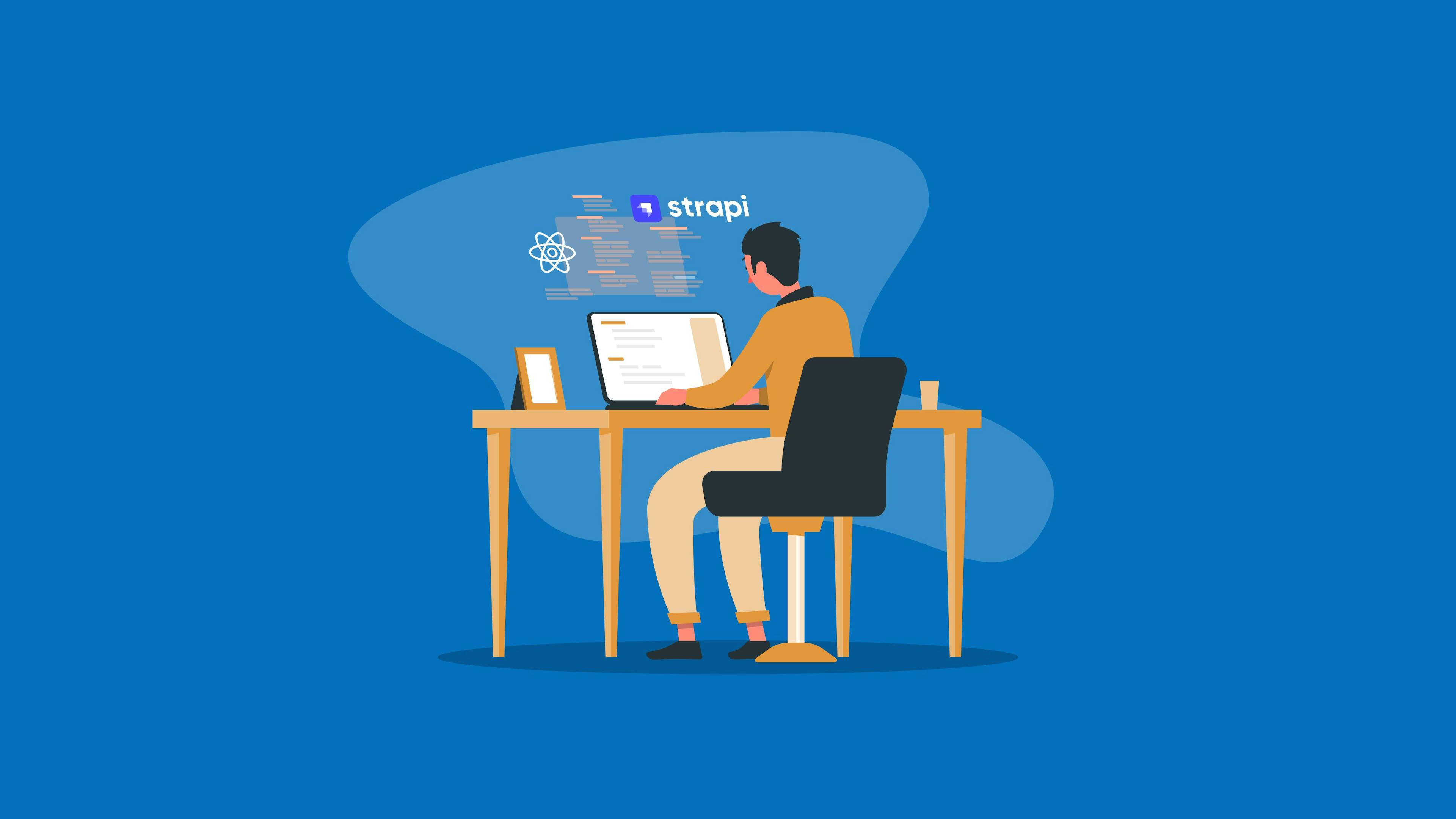Headless CMS and Strapi SEO Best Practices
In today's digital landscape, having a strong online presence is crucial for businesses to succeed. One of the key factors in driving organic traffic and improving visibility on search engines is search engine optimization (SEO). While content plays a significant role in SEO, the underlying infrastructure and technology supporting your website are equally important. In this blog post, Kapsys will explore the concept of headless content management systems (CMS) and delve into Strapi, a powerful open-source headless CMS. We will also uncover SEO best practices for leveraging Strapi's capabilities to optimize your website's visibility and rankings.
Thank you
We’ve received your message. Someone from our team will contact you soon by email
ContinueBack to main pageSign up to our blog to stay tuned about the latest industry news.
What is a CMS?
A content management system (CMS) software application allows businesses to create, manage, and publish digital content. It provides a user-friendly interface for content creators to add, edit, and organize various types of content, such as text, images, videos, and more.
What is a Headless CMS?
A headless CMS separates content creation and management from the presentation layer. Unlike traditional CMS platforms, a headless CMS focuses solely on content storage and delivery via an API. This architecture enables content to be delivered to multiple channels (websites, mobile apps, IoT devices) while maintaining consistency across platforms.
Introduction to Strapi
Strapi is a leading open-source headless CMS that empowers developers and content creators to build flexible, scalable, and customizable digital experiences. It provides a robust API-centric framework for content management, making it an ideal choice for developers seeking flexibility and control over their applications.
SEO Best Practices with Strapi
Structuring Content for SEO
- Focus on Information Architecture: Plan your content structure carefully, organizing it logically to enhance user experience and search engine crawlers' understanding of your website.
- Use SEO-friendly URLs: Strapi allows you to create custom URLs that are human-readable and keyword-rich, optimizing your website's visibility in search results.
- Define Metadata: Utilize Strapi's metadata options to define meta titles, descriptions, and tags for each piece of content. These elements greatly influence search engine rankings and click-through rates.
Optimizing Content
- Conduct Keyword Research: Utilize SEO tools to identify relevant keywords and incorporate them naturally into your content. Strapi's flexibility enables easy integration with keyword optimization strategies.
- Create Engaging and Valuable Content: To produce high-quality content that answers users' queries solves their problems, or provides valuable information. This helps increase user engagement and encourages others to link to your content, which enhances your website's SEO.
- Implement Structured Data: Leverage Strapi's extensibility to incorporate structured data markup, such as Schema.org, which enhances search engine understanding and enables rich snippets in search results.
Technical SEO Optimization
- Optimize Page Speed: Use Strapi's caching capabilities, enable compression, and optimize images to improve website loading speed. Fast-loading websites positively impact user experience and search engine rankings.
- Mobile Responsiveness: Ensure your website is fully responsive and optimized for mobile devices. Strapi's decoupled architecture allows you to deliver content seamlessly across various devices and screen sizes.
- XML Sitemaps and Robots.txt: Strapi makes it easy to generate XML sitemaps and manage the robots.txt file, helping search engines crawl and index your website efficiently.
Monitoring and Analytics
- Integrate Google Analytics: Utilize Strapi's integration capabilities to incorporate Google Analytics tracking codes into your website. This allows you to monitor key metrics, such as traffic sources, user behavior, and conversion rates, enabling data-driven SEO optimizations.
- Monitor SEO Performance: Regularly track your website's performance using Strapi's analytics features or third-party SEO tools. Identify areas for improvement and implement necessary changes to enhance your SEO strategy continually.
Conclusion
Implementing effective SEO strategies is vital for online success in the ever-evolving digital landscape. By leveraging the power of a headless CMS like Strapi and following SEO best practices, businesses can optimize their website's visibility, attract organic traffic, and improve search engine rankings. From structuring content for SEO and optimizing on-page elements to technical optimization and continuous monitoring, Strapi provides a flexible and scalable foundation for your SEO efforts. Embrace the power of Strapi and unlock the potential to maximize your website's SEO performance.



